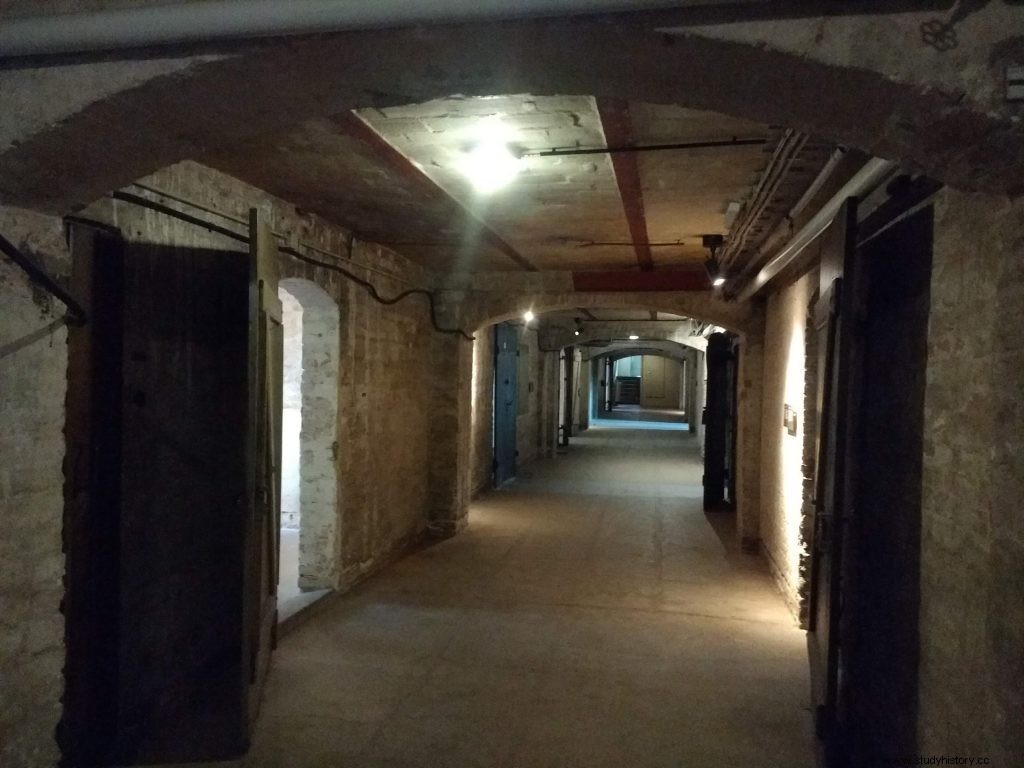South of Berlin, the headquarters of the Feldpolizei were established on the military premises of a railway regiment from the imperial era. of the SA in 1933.
After the Nazi party came to power in 1933, the Sturm Abteilung o SA was together with the SS in charge of creating hundreds of detention centers with the aim of ending political opposition to the new regime. So-called "wild fields" appeared all over the country at this time. These places were old installations of all kinds, from abandoned military barracks to old factories, which were quickly converted into places of confinement for thousands of Germans considered dangerous to the Reich.
The SA were especially brutal in these places, where hundreds of cases of extreme and gratuitous violence are known. Until the summer of 1934 the SA sowed terror throughout the country with these kinds of places. After the night of the long knives in the summer of that year, the SA lost the power to direct this type of center, passing this work to the SS from that moment, which would carry out it in a much more effective and systematic way. .

How to get to Papestrasse Prison
The Papestrasse prison memorial is located on the street of the same name, a few meters from Sudkreuz station, where the S-bhan lines S2, S26, S41, S42, S45 and S46 stop. You can check the fastest route in the following LINK.
Schedule
Tuesday, Wednesday, Thursday and Sunday – from 2:00 p.m. to 6:00 p.m.
Free admission and free.
Visit Papestrasse Jail

The exhibition allows access to the basements of one of the buildings in the Papestrasse complex, where the Fieldpolizei prison was located. of the SA. The exhibition has been placed in the old cells and torture rooms of the place, where the visitor is told specific cases of people who passed through there. To date, the names of more than 500 prisoners in the Papestrasse prison are known, although it is suspected that there could be more.

